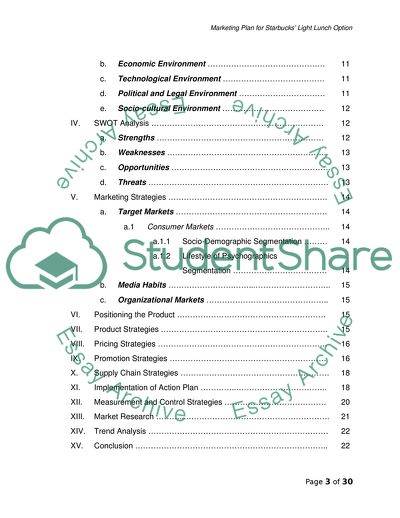Cite this document
(Marketing Plan for Starbucks Light Lunch Option Business, n.d.)
Marketing Plan for Starbucks Light Lunch Option Business. https://studentshare.org/marketing/1714414-starbucks
Marketing Plan for Starbucks Light Lunch Option Business. https://studentshare.org/marketing/1714414-starbucks
(Marketing Plan for Starbucks Light Lunch Option Business)
Marketing Plan for Starbucks Light Lunch Option Business. https://studentshare.org/marketing/1714414-starbucks.
Marketing Plan for Starbucks Light Lunch Option Business. https://studentshare.org/marketing/1714414-starbucks.
“Marketing Plan for Starbucks Light Lunch Option Business”. https://studentshare.org/marketing/1714414-starbucks.


